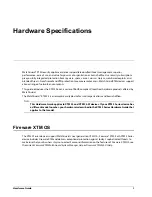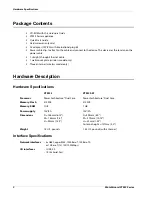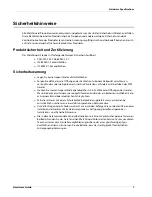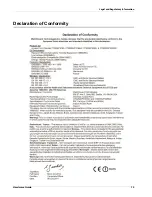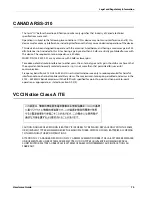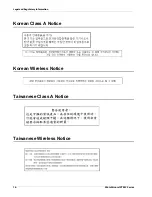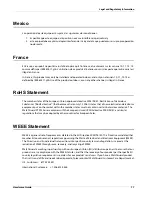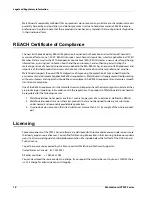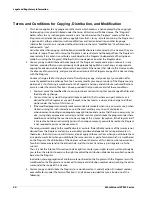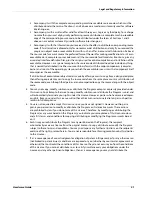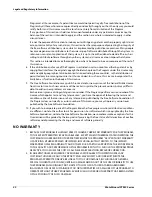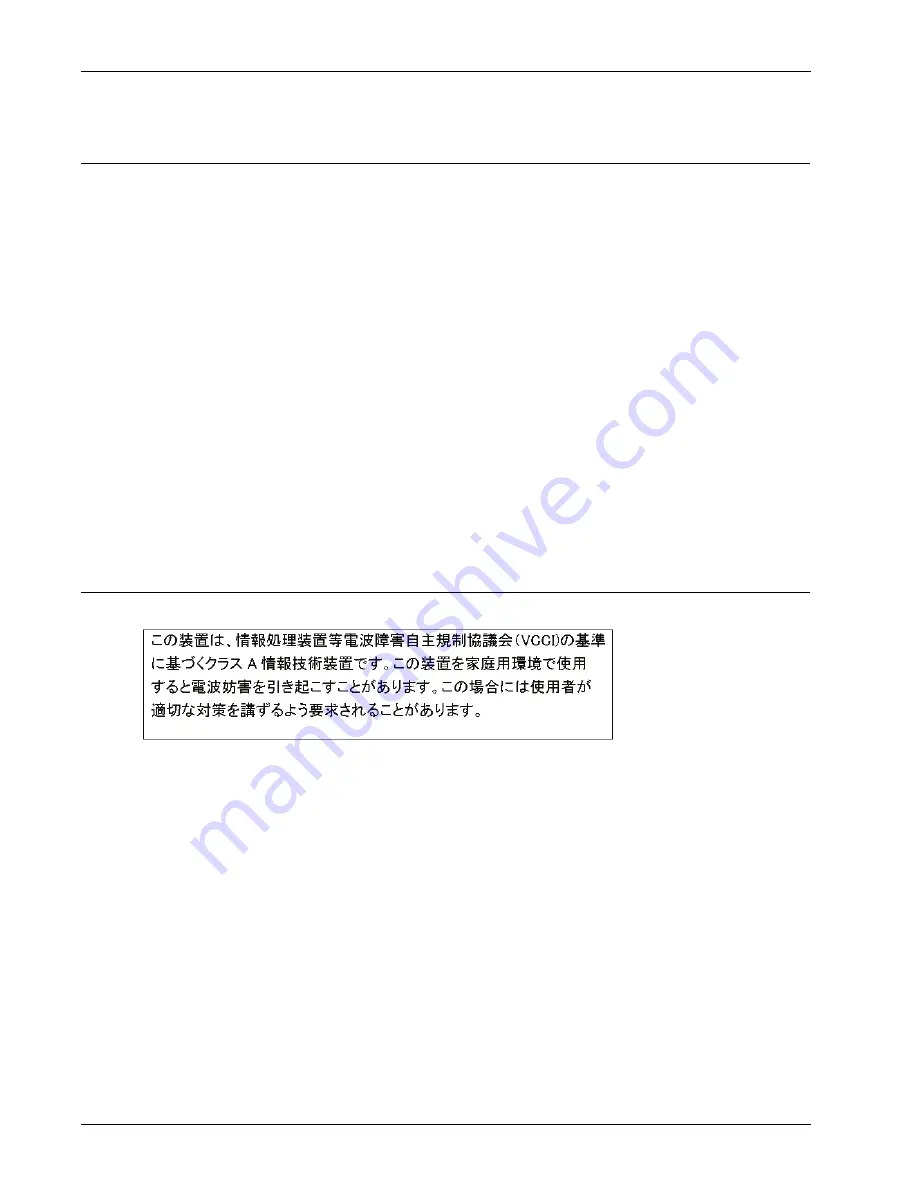
Hardware Guide
15
Legal and Regulatory Information
CANADA RSS-210
The term “IC:” before the radio certification number only signifies that Industry of Canada technical
specifications were met.
Operation is subject to the following two conditions: (1) this device may not cause interference, and (2) this
device must accept any interference, including interference that may cause undesired operation of the device.
This device has been designed to operate with the antennas listed below, and having a maximum gain of 2.0
dBi. Antennas not included in this list or having a gain greater than 2.0 dBi are strictly prohibited for use with
this device. The required antenna impedance is 50 ohms.
WGRD P/N 155-3329-001 or any antenna with 2.0dBi or lower gain
To reduce potential radio interference to other users, the antenna type and its gain should be so chosen that
the equivalent isotropically radiated power (e.i.r.p.) is not more than that permitted for successful
communication.
Frequency band from 5.15 GHz to 5.25 GHz is restricted to indoor use only to reduce potential for harmful
interference to co-channel mobile satellite systems. The maximum antenna gain permitted on devices in the
5725 – 5825 MHz band complies with the EIRP limits specified for point-to-point and non point-to-point
operation as appropriate, as stated in section A9.2(3).
VCCI Notice Class A ITE
CAUTION: DANGER OF EXPLOSION IF BATTERY IS INCORRECTLY REPLACED. REPLACE ONLY WITH THE SAME
OR EQUIVALENT TYPE RECOMMENDED BY THE MANUFACTURER. DISPOSE OF USED BATTERIES ACCORDING
TO THE MANUFACTURER’S INSTRUCTIONS.
ATTENTION: IL Y A DANGER D’EXPLOSION S’IL Y A REMPLACEMENT INCORRECT DE LA BATTERIE, REMPLACER
UNIQUEMENT AVEC UNE BATTERIE DU MÊME TYPE OU D’UN TYPE ÉQUIVALENT RECOMMANDÉ PAR LE
CONSTRUCTEUR. METTRE AU REBUT LES BATTERIES USAGÉES CONFORMÉMENT AUX INSTRUCTIONS DU
FABRICANT.

